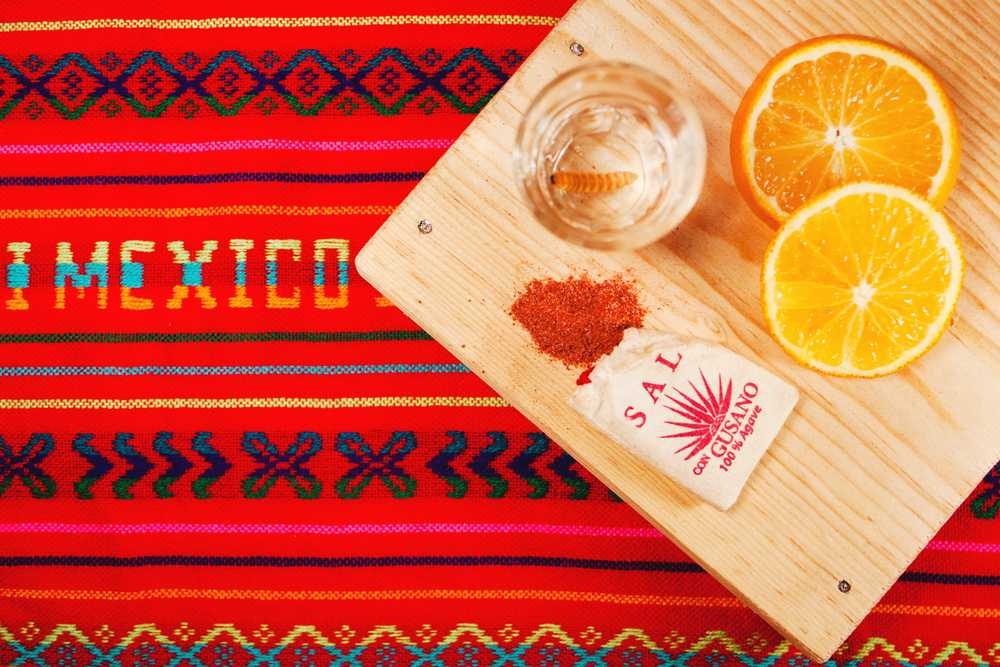Tequila is gaining ground in the U.S, with sales increasing yearly. Although Mezcal is of lesser volume, its popularity continues to grow. The two are agave spirits originating from Mexico. When you think of Mexican spirits, Tequila comes to mind. It has been widely on the market for centuries. Mezcal is also in the spotlight of late. Most people assume that since mezcal and tequila come from agave, they are similar. Wrong. Like tequila, mezcal has deep connections with the Mexican culture. No wonder they are similar. To eliminate the confusion, let’s discuss mezcal vs tequila. This article features a detailed explanation showing the difference between the two.
Mezcal
First and foremost, you need to understand what mezcal is. Distilled spirits from agave plants are considered mezcals. In short, mezcal hosts spirits like tequila, bacanora, sotol, raicilla, and more. Not to be confused with pulque (fermented agave), mezcal spirits are distilled. Distillation originated from the Spanish, which was used in the making of agave spirits. Now you know what mezcal is. It is time to know what makes it different from the famous tequila.
Mezcal vs Tequila
Tequila is a type of mezcal, but not the other way round. It’s the same with scotch and bourbon being a type of whiskey.
Different agave species
Both tequilas and mezcal come from the same agave plant. The type of agave that makes tequila is specific and is known as agave tequilana Weber (blue agave). In contrast, mezcal is produced from close to 50 varieties of an agave plant. Species like tobalá, espadín, arroqueño, tepeztate, and tobaziche, are some of the most commonly used in the making of mezcal. These species constitute up to 90% of mezcal.
Origin
Tequila and mezcal primarily come from Mexico. However, they differ in the regions they are produced. Tequila comes from five main places in Mexico including Michoacán, Nayarit, Guanajuato, Tamaulipas, and Jalisco. Jalisco is the home of tequila as it was originally produced there. On the other hand, mezcal is produced in nine regions in Mexico that include Durango, Puebla Guanajuato, Oaxaca, Guerrero, San Luis Potosi, Michoacán, Zacatecas, and Tamaulipas. Over 85% of mezcal is produced in these areas.
Process of distillation
The similarities in the production of mezcal and tequila end at the harvested agave plant, also known as piña. Technically, the two are produced differently. Tequila is made from agave that has been steamed in industrial ovens. It is then distilled three times in copper containers. The small amounts can be made in traditional stone ovens. Mezcal, in contrast, cooks in underground pit kilns aligned with hot rocks that provide dry heat. This gives mezcal the roasted and smoky characteristics that define it. However, the levels vary from one brand to the other.
Maturity
Agave takes a long time to mature (usually decades). Espadin is an agave variety that grows faster than the rest, therefore, widely available. It takes about seven years to fully mature. The maturation process is what differentiates mezcal and tequila. The longer the period of maturity, the pricier the spirit. After distillation, tequila and mezcal are kept inside oak barrels to age.
Tequila varieties are divided into three aging categories; Blanco, which takes 0-2 months to mature; reposado, 2-12 months; and Anejo, 1-3 years. Mezcal also has three aging groups which are Joven (abacado or Blanco) takes 0-2 months; reposado, 2 to 12 months; and Anejo that takes at least a year.
Conclusion
When you are in the mood for a drink, you can head on to your favorite bartender and order up a spirit—understanding what tequila and mezcal make you choose better. Consumers of mezcal have reported magical effects of the spirit as it goes well with different moods. Rosaluna being a favorite for most.

